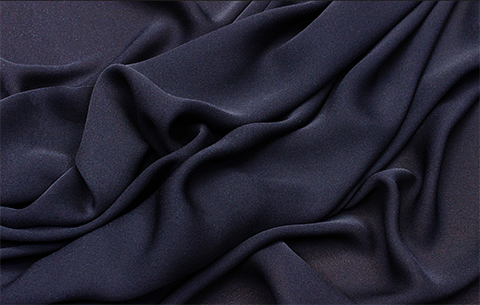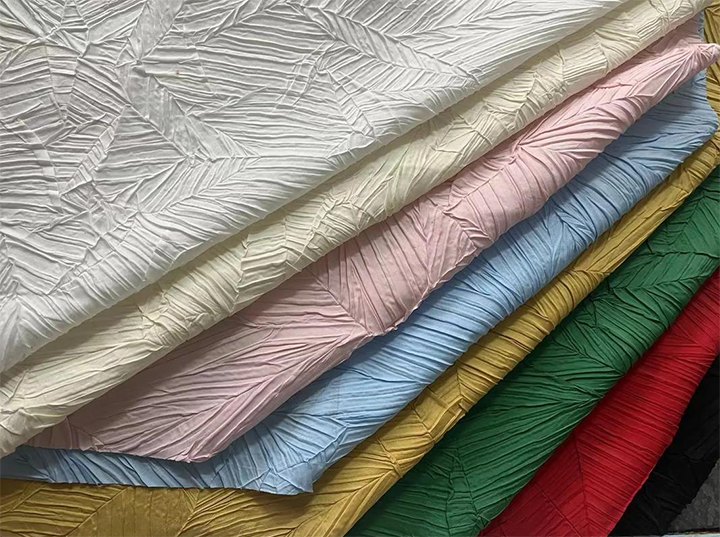silicone oil have become essential in the textile industry, significantly enhancing the properties of fabrics. Their unique chemical structure allows them to interact effectively with various fibers, leading to improved performance characteristics. This article will explore the primary types of silicone oil used in textile additives, highlighting their properties and applications.

Amino silicone oil are characterized by the presence of amino groups, which facilitate strong bonding with textile fibers. These oils are particularly valued for their ability to enhance fabric softness and elasticity while reducing wrinkles. They are ideal for high-quality garments made from cotton, polyester, and blends, making them a popular choice among manufacturers aiming for premium fabric finishes.
Hydroxy silicone oil contain hydroxyl groups that enable them to blend seamlessly with emulsifiers and other additives. This property allows them to enhance the softness of fabrics while providing a glossy finish without compromising the natural characteristics of the material. They are particularly suitable for applications that require a smooth, polished surface, making them a staple in the finishing processes of various textiles.
Modified silicone oil are chemically altered to impart specific benefits, such as improved water repellency or enhanced heat resistance. These oils are crucial for protecting fabrics from high temperatures during ironing or industrial processing. By achieving specific performance characteristics, modified silicone oil help extend the lifespan of textiles and maintain their aesthetic appeal.
Emulsion-based silicone oil are pre-dispersed in water, which simplifies their application during textile finishing processes. They provide uniform coverage on fabrics, enhancing softness, improving elasticity, and adding a luxurious feel. These oils are particularly effective for casual wear and specialty fabrics, such as sportswear, where performance and comfort are paramount.
The diverse range of silicone oil used in textile additives plays a vital role in enhancing the quality, durability, and functionality of fabrics. From amino and hydroxy silicone oil to modified and emulsion-based varieties, each type offers unique benefits that cater to the specific needs of the textile industry. As manufacturers continue to seek innovative solutions for fabric enhancement, silicone oil will remain indispensable in achieving superior textile performance.

Contact: Tony Li
Phone: +86-13263299644
Tel: +86-13263299644
Email: sales@ecoviaet.com
Add: No 3 Youyi Road,Tangshan,Huantai,Zibo,China
We chat
